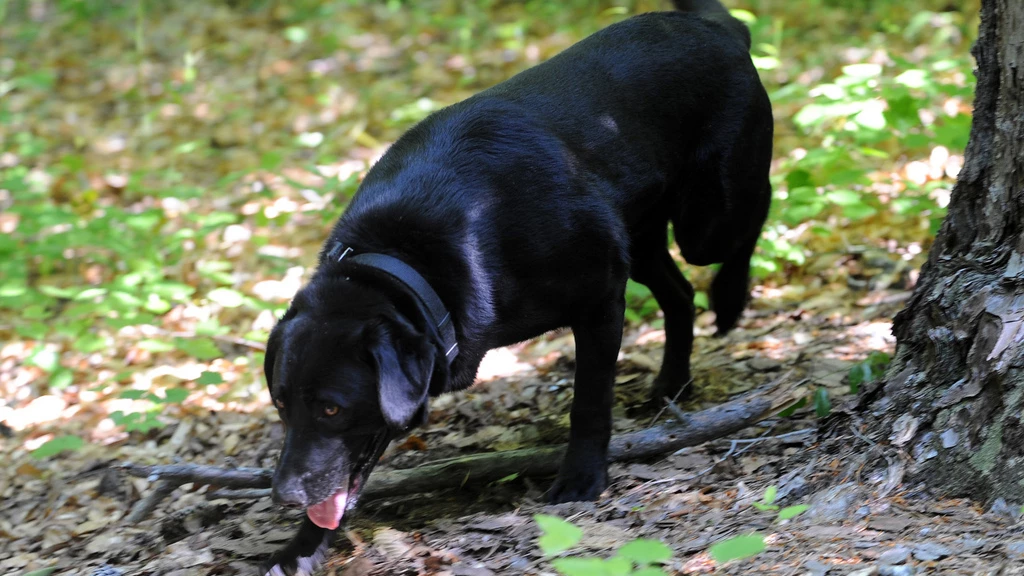Documenting the location and number of rare animals isn’t an easy task - by definition there just aren’t that many of them around. That’s why researchers at Auburn University, Alabama, have turned to man’s best friend to lend a helping hand – or more accurately, a helping nose. The school’s EcoDogs project trains detection dogs to find endangered animal species, or rather their sign (read excrement), in the field to aid researchers in their goals of ecological research, management, and conservation.
The dogs are trained to find the excrement (or scat, poop, do-do or whatever you want to call it) of endangered species because the critters themselves can be too elusive. Few people have even seen many of the animals being “hunted” and very little is known about them – including the habitats in which they live.
The dogs’ incredible sense of smell and their ability to discern individual scents, even when they are masked by other odors, are why Todd Steury, assistant professor of wildlife ecology in the School of Forestry and Wildlife Sciences, enlisted the canines for the EcoDogs program to study "greatest conservation need" species.
"Each animal's scat contains DNA specific to that animal," he said. "By collecting scat samples, we can get a population count for a certain location. This will allow us to formulate an estimate for a much larger area."
EcoDogs, which began at Auburn University one year ago, is the only program of its kind in the Southeast and is one of four such efforts in the United States. Two are located in Washington state and one in Montana.
"Alabama is home to 117 endangered species, which is third in the United States behind Hawaii and California, and numerous other species are at risk," Steury said. The goal, he says, is to find populations large enough to study with additional techniques such as trapping and attaching radio transmitter collars.
"We want to find out what is reducing the populations," he said. "Is it disease? Is it predators? We need to know the reproduction rates. We then can address issues that cause animals to become endangered."
In the field
The college has handlers who train the dogs and accompany Steury and his graduate students to the research sites. The dogs can work up to four hours a day covering 12 miles in a zigzag pattern around the edges of a triangular area. Dogs usually detect the scat within 15 meters, sometimes up to 100 meters, and will sit down when they find the appropriate scent. A GPS collar allows trainers to keep up with the dog’s location and it records the dog's path, which can be viewed later on a computer."If we see sudden or irregular paths on the GPS, this can indicate where the dog detected the scent of the scat," Steury said.
Training
Sophie, a 15-month-old black Labrador retriever, is trained to find scat from eastern spotted skunks, while Bishop, a 3-year-old black Labrador retriever, is trained to find scat from striped skunks. Both can also detect scat from black bears. The program recently added five new dogs as well.Using samples of scat collected from zoos and other wildlife organizations training time takes three to six weeks for the first scent and then a few days for additional scents.
"We try to obtain scat from 10 to 20 individual animals of the species we want to study," he said. "The dogs are exposed to those samples and rewarded for finding them. We also expose them to scat from other animals, such as deer, but we don't reward them for finding those droppings. This teaches the dogs to ignore those scents."
Debunking mountain lion myths
Aside from sniffing out the location of known endangered species, the EcoDogs program could also help prove or disprove stories about possible mountain lion sightings in Alabama."We would like to train a dog to find mountain lion scat," he said. "We hear stories that mountain lions have been seen here, but Alabama is not in their range. Most likely people have seen large bobcats or even coyotes. I would be very surprised if mountain lions are found here."
EcoDogs is a collaborative project between Auburn University's School of Forestry and Wildlife Sciences and the College of Veterinary Medicine’s Animal Health Performance Program, which includes the Canine Detection and Research Institute and the Sports Medicine Program.Currently the program boasts three handlers and six dogs (all Labradors), with more being trained.







